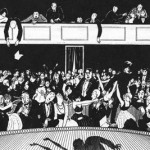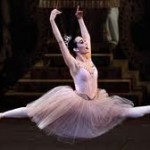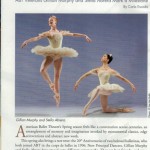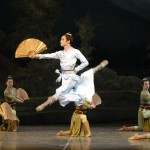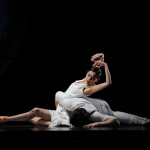Leigh Donlan reports:
Hope sprung eternal at the San Francisco War Memorial Opera House last Saturday in the revival of Helgi Tomasson’s staging of the classic Sleeping Beauty for San Francisco Ballet.
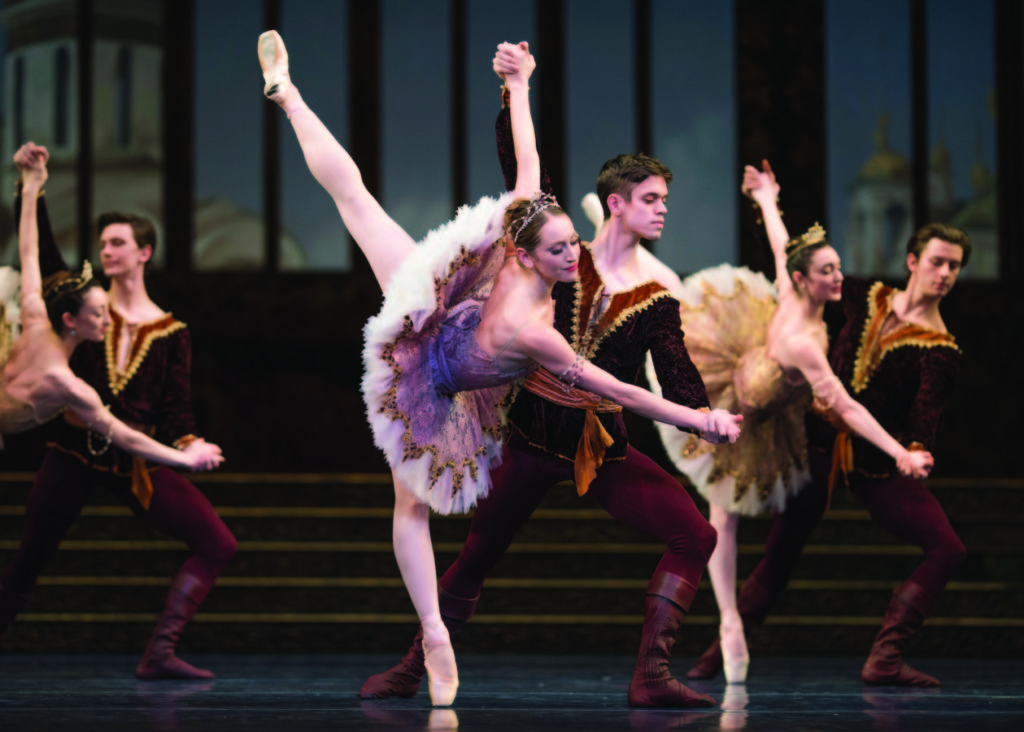
San Francisco Ballet in Helgi Tomasson’s The Sleeping Beauty (Photo: Erik Tomasson)
Little can go wrong when a company has such optimal components at their disposal – the Tchaikovsky score played beautifully by the SFB Orchestra, world-class dancers, the opulent sets. And those luxurious costumes that take us back to 17th and 18th century Russia. This production is a sensual feast and a reminder that, in these turbulent times, sometimes going back to the start of classical ballet is the next best move.
The Prologue introduces us to the delightful fairies, all of whom performed their difficult roles magnificently. But the grand dame of the Fae was, of course, The Lilac Fairy, danced with great tenderness and refinement by Wanting Zhao, her soft port de bras speaking so clearly from the heart. And Anita Paciotti made a truly evil Fairy of Darkness, casting the spell on the baby Aurora that will send her into a hundred-year sleep.
In Act I, Mathilde Froustey created an enchanting Aurora, performing the extremely challenging choreography (Marius Petipa/ Helgi Tomasson) with absolute precision, particularly the daunting ‘Rose Adagio,’ as the audience cheered her on in her final set of balances en pointe.
However, we didn’t see a profound transformation of her character – from the young beauty who falls victim to a curse, to the awakened, and presumably enlightened, woman in love. Which is important because, while this tale is about true love, it is also about the alchemical transformation that is required of both lovers before they are capable of a truly transcendent union. This story is much deeper than that of a damsel in distress who is rescued by a prince’s kiss.
Acts II and III delivered the most substantial pleasure of the evening – Luke Ingham as Prince Desiré. Ingham brought an unparalleled depth to the character after we had been previously seduced into distraction by the marvels of choreography and costume. I’d even say he carried the story. We watch him transform from a distrusting, lovelorn boy into a noble man. He gradually embodied the qualities that one would expect of a man in love – courage, humility and a grace that resonated clearly through the vast theatre. His valiant technique simply endeared him more.
The final grand pas de deux was breathtaking, Froustey and Ingham both delivering seemingly effortless performances.


